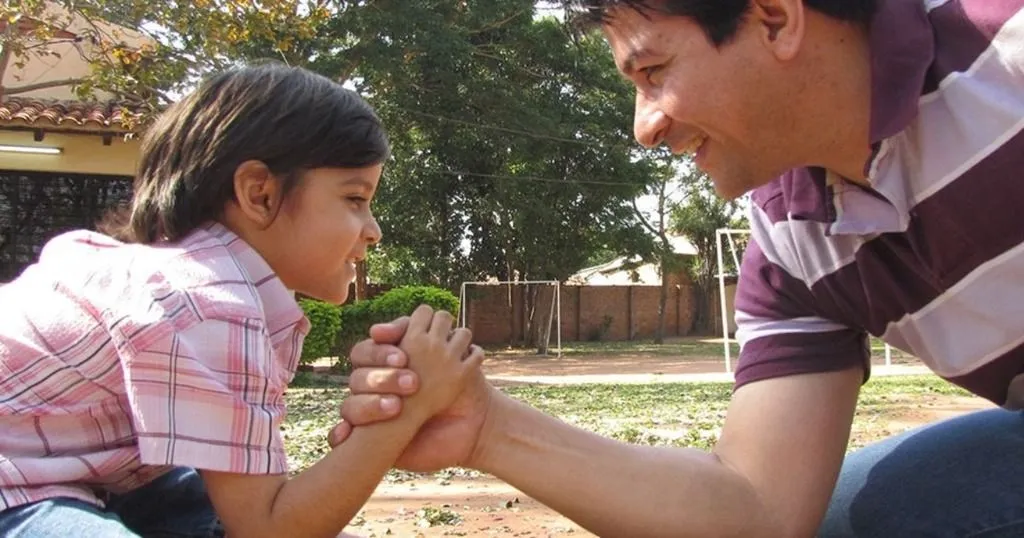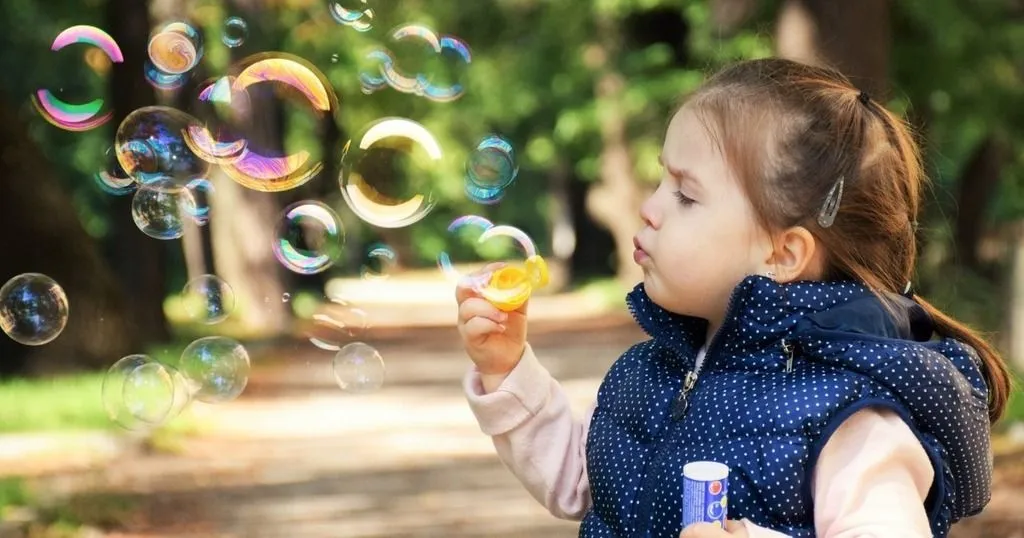Two examples of parent-child interaction research
Fatherhood is a topic of high social relevance that attracts much public interest and therefore also the attention of scientists.
Posted by
Published on
Mon 02 Jun. 2014
Topics
| Infants | Observational Research | Parent-child Interaction | Parent-infant Dyads |

Father-infant social behavior
Patterns
Fatherhood is a topic of high social relevance that attracts much public interest and therefore also the attention of scientists. The important shifts in the father’s role and involvement in childcare have generated empirical interest in the specific patterns of father-infant interactions and their unique contributions to children’s social, emotional, and cognitive growth.
Infant development lab
Infant developmental research is often performed in observation labs. In such a controlled environment, you can study for instance exploratory gaze behavior, language acquisition, or parent-child interaction. Interested in observational research in infant studies? Check out this recent study by Omri Weisman and colleagues. Read on!
Social behaviors
Omri Weisman and colleagues from the Bar-Ilan University, Israel observed father-infant interaction in a laboratory to explore the influence of the hormones oxytocin and testosterone in the context of fathering. In other words, when the fathers interacted with their children researchers measured the hormone levels. Thirty-five fathers and their infants participated in this study. They were asked to visit the lab twice with one week in between the visits. Father and infant were observed during an 8 minute well-structured behavioral paradigm (Weisman, 2012). The interactions were recorded on video for off-line coding by trained observers. Weisman and colleagues coded the interactions in great detail using The Observer XT (for example, coding typical social behaviors such as vocalization and gaze of fathers and infants or infants’ regulatory capacities). They found that lower baseline testosterone levels in fathers were associated with greater expression of the human parental repertoire, including affectionate touch, gaze, and vocalization as well as with greater infant social gaze, negative affect, and negative vocalizations. The observation lab in this case allowed for unobtrusive observation and recording of interactions and infant performance. Hormone levels were measured in addition to the observations.
Positive responses from fathers really matter
Parent-child interaction
When thinking about the role of parents and the potential differences between mothers and fathers, it can be very interesting to investigate the differences (if any) in the role parents play in parent-child interactions. Recently, Kristel Thomassin and Cynthia Suveg from the University of Georgia and Harvard University observed mother, father, and child interactions in order to investigate exchanges in affect between mother and child and father and child.
Emotional development
Thomassin and Suveg aimed to shed light on children’s affective behaviors, children’s emotional development, and reciprocative behavior of parents. In order to do so, they invited fifty-one families to the university’s laboratory. The children were aged 7 to 12 years old. All families participated in an emotion discussion task. The behavioral observations were coded for negative and positive affect using The Observer XT software. In the emotion discussion task, children and both parents were asked to recall and discuss past situations when the child felt angry, sad, anxious, and happy. Each discussion topic lasted for 5 minutes and was videotaped. Afterwards, parents completed measures of child psychopathology symptoms and emotion regulation skills.
Sharing positive sentiments
One interesting result concerned sharing positive sentiments. It was found that although mothers showed greater levels of positive emotional reciprocity than fathers, father–child reciprocal positive affect (RPA) was uniquely associated with child symptoms of psychopathology. In other words, a higher level of RPA in fathers relates to a lower psychopathology level in children. This type of reciprocity is therefore mentioned as remarkable and meaningful. Thomassin and Suveg conclude that it can be useful to focus on the personal and shared experiences of positive emotions, especially in the father-child dyads.
Reference
- Weisman, O.; Zagoory-Sharon, O.; Feldman, R. (2014). Oxytocin administration, salivary testosterone, and father-infant social behavior. Progress in Neuro-Psychopharmacology & Biological Psychiatry, 49, 47-52.
- Thomassin, K.; Suveg, C. (2014). Reciprocal positive affect and well- regulated, adjusted children: A unique contribution of fathers. Parenting: Science and Practice, 14 (1), 28-46.
Related Posts

Research examples of developmental psychology

Top 5 blog posts about autism

